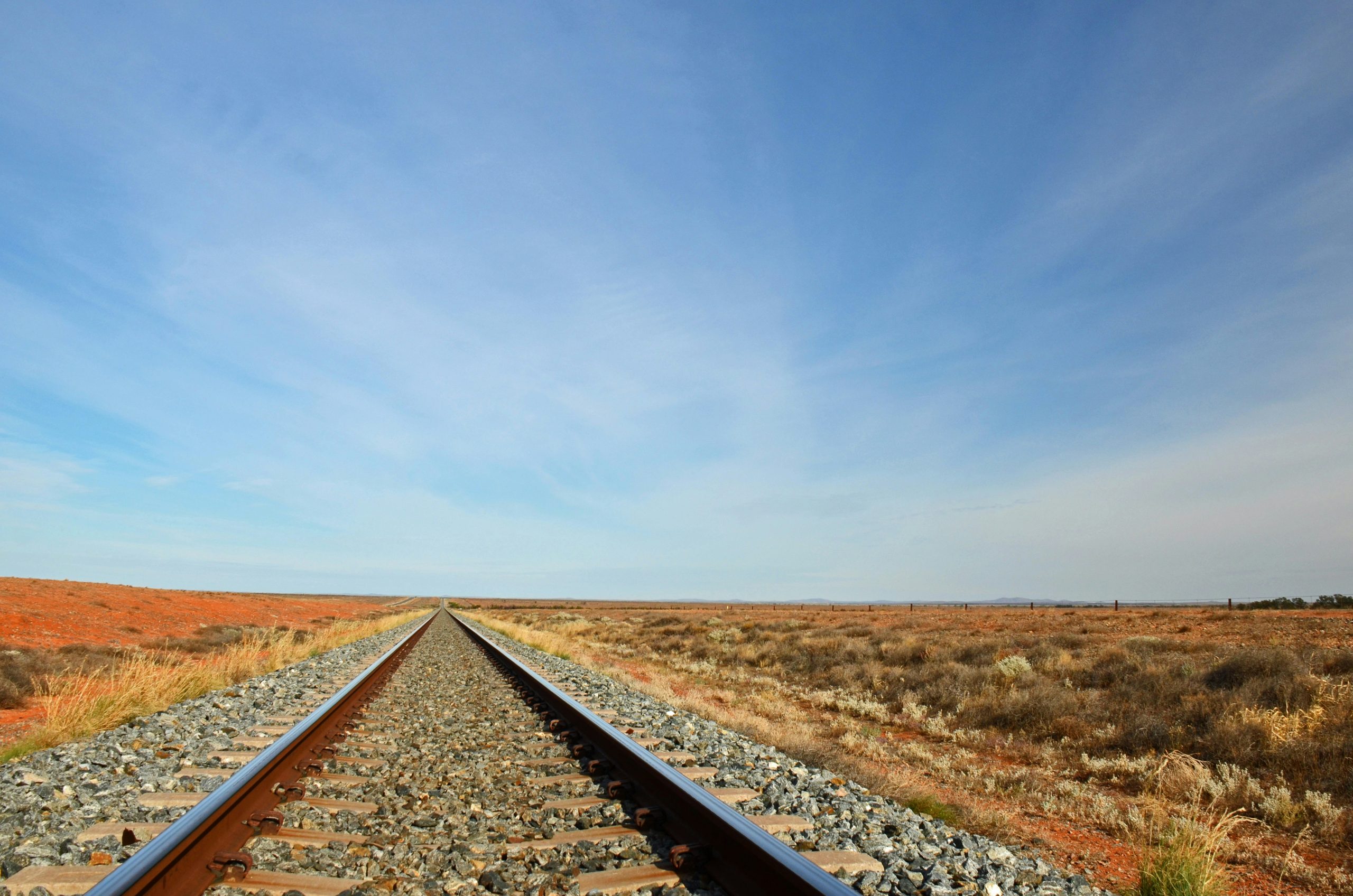There are many parts that contribute to the whole completion of any given project, and it’s important that we understand the vital role that each of them play. Without this knowledge, how are we to know that we are using the right materials for specific jobs? How are we to know that we are on the right track, and that there isn’t a better solution? As well as this, it’s always good to know why you are doing something, or why something is used over something else as knowledge is power.
In this article, we are going to be looking specifically at gravel and its uses in different projects. If you are interested in learning more about gravel and the reasons that it is so important for many different construction projects, then read on!
What Is Gravel?
Gravel is a collection of rock fragments that have all come together. It is a naturally occurring aggregate, and is a direct result of erosive geological processes as well as sedimentary processes. Most commonly within gravel you will find three types of stone: limestone, sandstone and ballast. While it can be difficult to differentiate between rubble and gravel, the general consensus is that the difference has to do with the size of the rocks that accumulate to form the aggregate, as well as the shape. Most gravel is rounded in nature, rather than any other shape.

The Benefits Of Gravel
Gravel has many different benefits, all of which can be useful depending on what someone requires it for. Some of the benefits are as follows.
Strength
One of the biggest benefits of using gravel is that it is exceptionally strong. While it might not look like much at first glance, it is capable of holding a lot of weight on top of it without crushing. It’s true that this is a normal characteristic for stones as we all know how difficult they are to break, but there are some that are stronger than others. The combination of little rock fragments give it a unique strength that is massively beneficial when it comes to construction projects as well as others.
Durability
Another benefit of using gravel is that it is a durable aggregate, meaning that you’re not going to have to worry about it cracking or breaking. It can withstand whatever elements are thrown its way, and there is no risk of problems like breaking down which are common with other materials. As such, this makes gravel a fantastic choice for construction projects, leaving less to worry about down the line.
Long Lasting
Gravel is not something that needs to be changed often. Once it has been laid under the surface, unless there is damage to whatever has been laid on top of it, it’s unlikely that the gravel will get damaged in any way. As such, it’s going to be a cost-effective solution, and one that you won’t have to worry about digging up and swapping out in a year or so. Thanks to the strength and durability of gravel, you can pretty much forget that it’s there unless something goes wrong.
Fantastic For Drainage
One of the main benefits of gravel is that it works fantastically when it comes to allowing drainage of an area. If your project has a risk of water collection, gravel is likely going to be the best solution, as aggregates like sand don’t allow for the same level of water to escape. This contributes to the overall safety of the project, ensuring that water is not going to damage the foundations of your project.
Eco Friendly
On the greener side of things, gravel is an eco-friendly material that you can use for your projects. As it’s naturally occurring and can be recycled/reused, it is a fantastic choice for a variety of different uses.
What Does Gravel Do?
As you may have guessed from the benefits that we just discussed, gravel is a necessary part of the construction process. It has many different uses within this industry, but under the surface of projects it is used for its strength and durability above anything else. As long as the gravel is laid and raked properly so that it is evenly dispersed, it will be able to contribute effectively to the foundations of a structure, holding it steady and therefore keeping the above levels safe.
There are different types of gravel that are used in different projects though, depending on the weight that it will be expected to hold and other considerations. It’s also important to note that the gravel chosen is a reflection of its drainage potential. This is one of the most essential benefits that gravel has, and why it’s chosen for so many projects above other aggregates such as sand for example.
What Is Gravel Used For?
Gravel has many uses within the construction and landscaping industries. We’re going to delve a little deeper into some of the most common construction uses for gravel now so that you get a well rounded idea of what it’s used for.
Roads
Roads are one of the most common uses for gravel because paved roads use gravel as the foundation for asphalt. Professionals will be able to provide advice on which type of gravel is going to be best, but generally for roads medium gravel is the obvious choice.
Driveways
Similarly to roads, a driveway can also use gravel as a foundation that you can then lay another material on top of. Some people even prefer to just use gravel to form their driveway as it is a cost-effective option and can bear the weight without problems. However, when it comes to things like this, it’s always a good idea to use gravel as the foundation under the surface to provide that extra layer of protection, rather than having it exposed.
Landscaping
Landscaping is the other common use for gravel. The fact that it is super easy to maintain, pretty cheap to purchase and will block out most opportunities for weeds to grow through makes it an ideal choice for your landscaping project. It’s common to see gravel in gardens as well as for decorative purposes in outside commercial properties, usually containing some type of flower or keeping the floor clear of unwanted weeds.

Gravel For Railways
If you’re trying to think of an example of a specific industry where gravel can be used, railways are a fantastic choice. Railroad ballast, which is the type of gravel used, is a crucial element in railways. Its job is to support and level the tracks in a railroad bed, which means that it will keep things level and safe. Everyone wants trains to operate smoothly and safely for the best ride possible, which wouldn’t be achievable without the gravel underneath. It provides a level of stability that would otherwise not be possible, which demonstrates just how much of a vital role this collection of stone can actually play.
Without the ballast, tracks can become unstable and unsafe, meaning that the trains cannot go along them for fear of risking public safety. One of the common problems that the ballast helps with is draining away the water as we have discussed is a common benefit of using gravel for projects.
The composition of the ballast is going to heavily depend on the conditions of the track bed, and what is going to be transported along them, as well as the temperatures in that area. Generally it is made up of larger pieces of stone or concrete depending on what you are using, which makes it easier for the trains to run smoothly. Even though this can be degraded over time, it is still the best option for keeping the railways safe. Maintaining it properly is one of the crucial parts of keeping railways safe for use!
Types Of Gravel
Depending on the project, various types of gravel may be used in construction. As we have said above, its main use is to make a solid foundation, but the variations in size and what will be on top will mean that you need to be careful when choosing the right type. There are four main ones that are used in construction, and they are as follows. It is also vital to figure out how to calculate the amount of gravel you need for your project.
Quarry Rocks And Recycled Concrete
Quarry rocks and recycled concrete are a sustainable option for your paver foundation material. There are different sizes and different types, so it’s important that you choose the one that is going to be best for your project. Quarry rocks are what is left over from quarry jobs that are completed inland, where recycled gravel is made by crushing up used, leftover concrete. It’s much easier and cheaper to use this type of gravel as opposed to new gravel, and these types generally offer better results.
Medium Gravel
Medium gravel is typically the usual choice for the majority of projects. Using a layer of medium gravel is usually around six to eight inches thick, which has the ability to support medium levels of heaviness. You wouldn’t see this in many construction works as it won’t have the capabilities of providing a strong enough foundation to hold a skyscraper for example, but it is capable of supporting the heaviness of cars for example.
One of the best things about medium gravel is the fact that it is able to pack together tightly to create a solid foundation, but doesn’t pack quite as tightly as fine gravel. This allows for the perfect amount of drainage which is why it’s a common choice for construction work that is going on with roads for example. The fact that there is enough room for water to get through while still being packed tight enough to provide an adequate level of support is what makes this so popular.
Coarse Gravel
If your driveway is designed for more than one vehicle, and you constantly have vehicles driving on and off of it, then using coarse/big gravel is going to be your best option. This type of gravel will provide the best support to the pavers, and also offers fantastic drainage benefits due to the size of the gravel. Or, if you are going to be partaking in a construction project and the foundation is going to be supporting a large load, then coarse gravel may be the best choice.
Most commonly, this is chosen for construction projects and driveways that are going to be seeing a lot of traffic and to support the heavier weights.
Fine Gravel
The final option that people have when it comes to gravel is fine gravel! When compacted, fine gravel produces a solid surface, which means that it does now allow for any kind of drainage. As such, if your project has water collection concerns, then this is not going to be the right choice for you. Examples of when pavers choose fine gravel include floors or patios in areas where temperatures often do not drop below freezing.
As with everything though, fine gravel has its limitations. You won’t be using fine gravel for any kind of construction projects or driveways, as it simply cannot bear the weight that would be forced upon it. However, foot traffic and furniture weight will not be a problem for fine gravel that is packed well.
Well, there you have it. Gravel plays a pivotal role in a number of ways thanks to the many benefits that it brings to the table. Without it, construction would not be in the place that it is in today. Undoubtedly it plays a massive role in various different ways, and now that you understand this it might help you with your future construction projects! Gravel is one of the best aggregates that you can get for your project, so it’s well worth looking into if you do not already use it. Ensure that you contact a reputable gravel supplier to have all of your needs met, making sure that you get high quality gravel to cater to your construction endeavour.
We supply & deliver quarry and landscaping materials to a host of leading brands including







